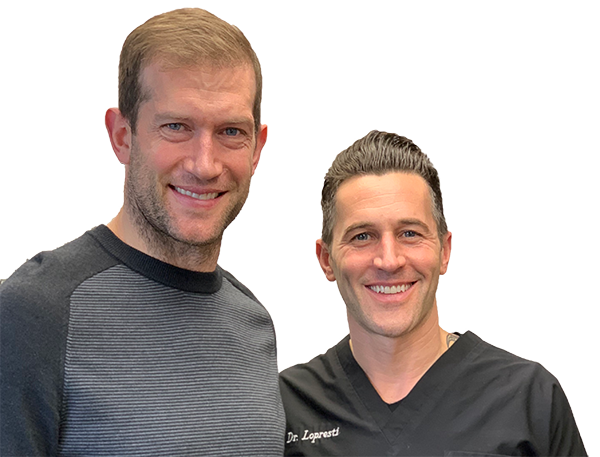Important Updates on Hair Cloning
Here are some highlights from my recent attendance at the International Society of Hair Restoration Surgery Annual Meeting in Las Vegas.
The entire first day I performed my duties as a member of the Board of Governors and I was happy and proud to have been elected to serve for another year on the Board.
Two major topics were discussed that are of great interest to my patients. The first was hair “cloning” which included a few lectures updating us on the current state of research in this arena. Currently, hair “stem cells” are being grown in vitro (outside of an organism) and hair follicles have been created and indeed, have grown hairs. Hairs have also been grown in the skin of mice. Human studies are going to be initiated in the near future OUTSIDE of the United States.
In speaking directly with those actually involved in this “hair-raising” (sorry) research, there will be a number of obstacles that will have to be hurdled before this technology will become available. One is to see if the hairs will grow in humans; another is to what extent will these hairs grow. Will they be short? Very fine? How long will they grow? Another unknown is whether there will be any adverse effects to this technology, such as uninhibited or uncontrolled cell growth, (i.e. tumor formation) with the implantation of these cells. From an aesthetic standpoint, if these follicles actually form and grow hair, the mouse model has shown that these hairs grow in haphazard configurations. In other words, these hairs may grow, but they grow in all different directions, which may not at all be aesthetically appropriate or pleasing.
So, what does all of this mean for us today? It means that this is an exciting tool that may be available in treating men and women with hair loss in the future. When I started in this wonderful field in 1986, we were told that we would have hair cloning to treat our patients in “10 year’s time” — well, that was 11 years ago! After speaking with this researcher, it appears that this technology may be clinically outside of the United States in approximately five years. What also was discussed in several different conversations was that “cloned hair” will not be a first line treatment for hair loss. Hair transplantation will be necessary to establish a hairline and to create a foundation of a general growth pattern of hair. The direction, angulation, and pattern of hair is critical to recreate a natural look to the restored head of hair — or, at least, to create the illusion of a restored head of hair. These potential “cloned hairs”, therefore, will be used as “fillers” to add density to the transplanted region. Next time I’ll discuss the other topic that was “hot” — actually not — at the meeting for the first time ever: Low Level Laser Light Therapy. -Doc

